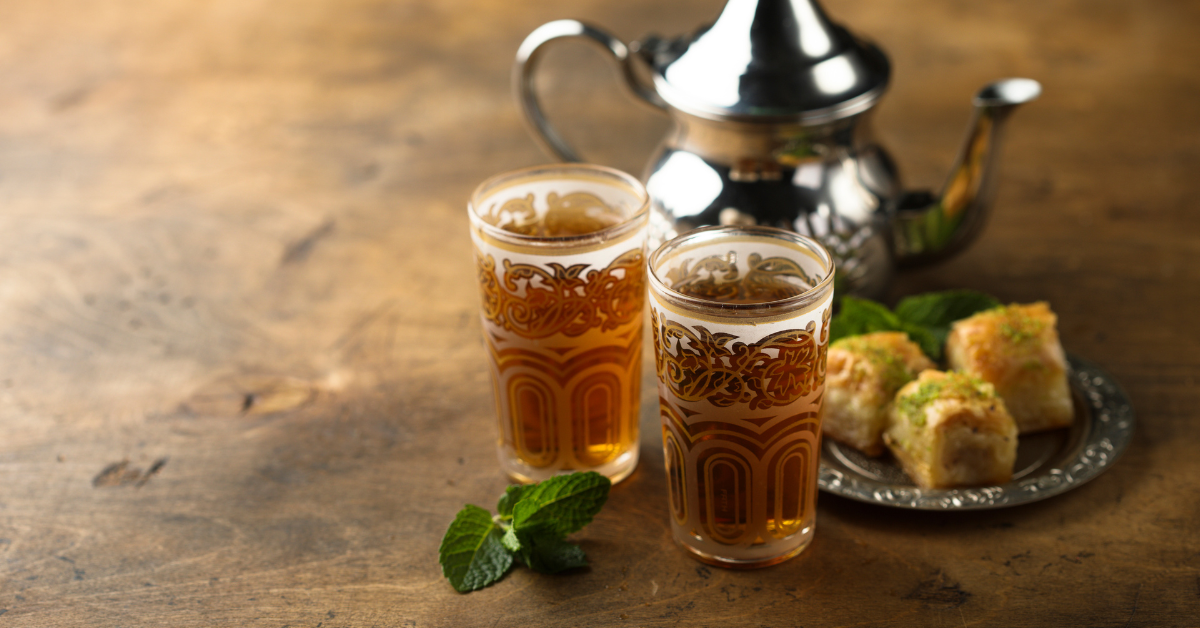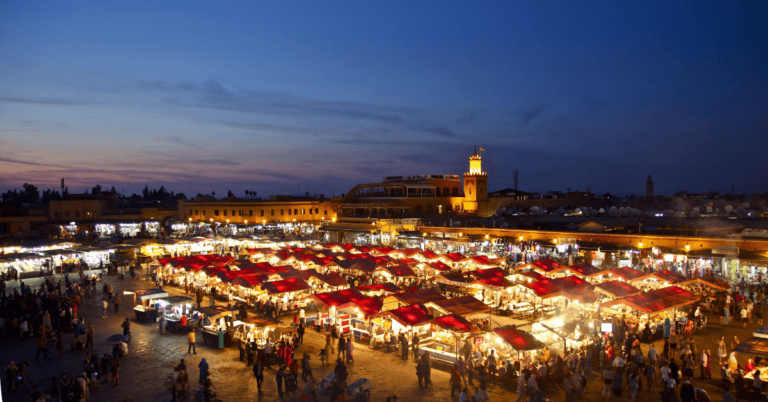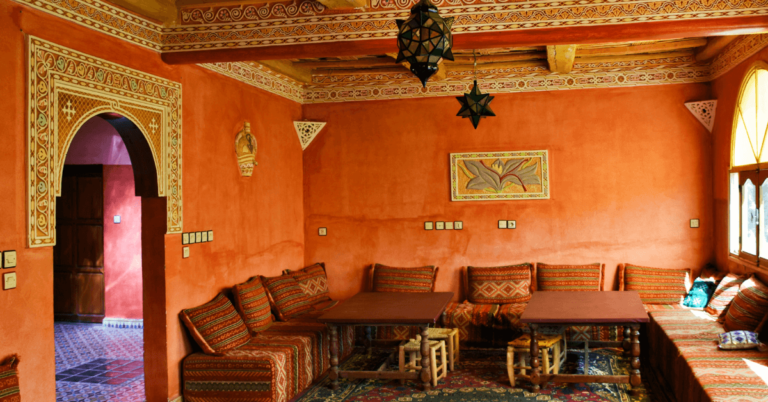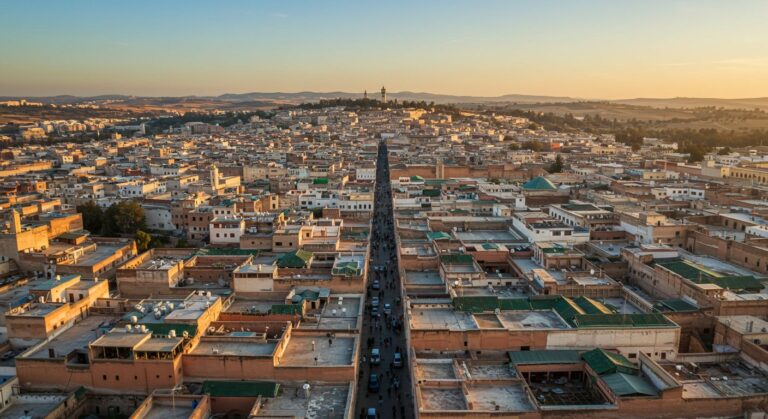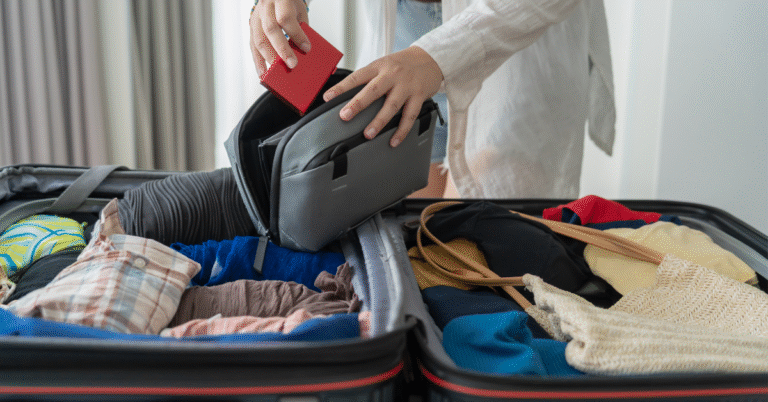Moroccan Food Guide: What to Eat and Where
Food in Morocco isn’t just nourishment it’s memory, tradition, and hospitality all wrapped in one plate. Every dish comes with a story. Whether you’re sitting on a rooftop in Fes, sharing bread in a desert camp, or grabbing street food in Marrakech, you’re taking part in something deep-rooted. I’m Justin, a traveler who believes food is one of the best ways to understand a country. Morocco proves that every time. And if you’re still piecing together your trip, check out this complete guide to traveling to Morocco, which brings together culture, cities, and flavors into one journey.
Start with the tagine: slow-cooked soul food
If Morocco had one national dish, it would be the tagine. It’s not just a recipe it’s a way of cooking and sharing. Named after the clay pot it’s cooked in, a tagine is a slow-simmered dish, often combining meat (like chicken, lamb, or beef) with vegetables, olives, preserved lemon, prunes, or almonds.
Each region has its own style. In the north, you’ll find sweeter versions with dried fruits. In the south, spices like cumin and saffron take over. Whether you try it at a family-run riad or a roadside café, it’s a must-eat.
If you’re in Marrakech, head to a small local spot outside the medina walls. They tend to serve more traditional, home-style versions of the dish. It’s comfort food done right.
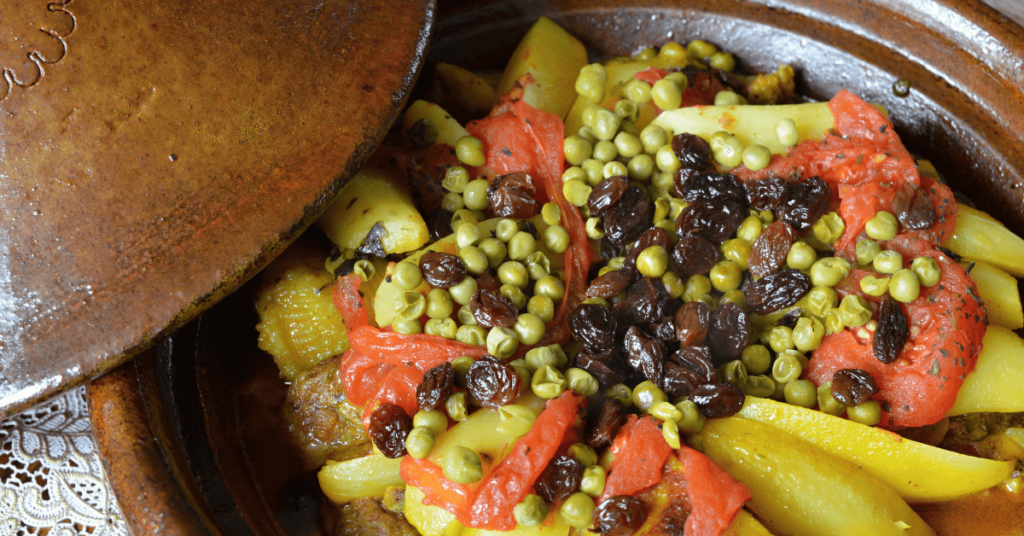
Couscous: the Friday ritual
In Morocco, couscous isn’t something you grab quickly it’s something you gather for. Traditionally served on Fridays after midday prayer it brings people together. The grains are steamed (never boiled), then piled with vegetables, chickpeas, and sometimes meat or caramelized onions with raisins.
You’ll find it on menus across the country, but the best versions are often home-cooked. Some riads offer couscous cooking classes, and it’s a great way to understand the care that goes into this dish.
In Rabat or Casablanca, try couscous in a family-style restaurant where locals eat. You’ll notice it’s more than foodit’s a weekly ritual
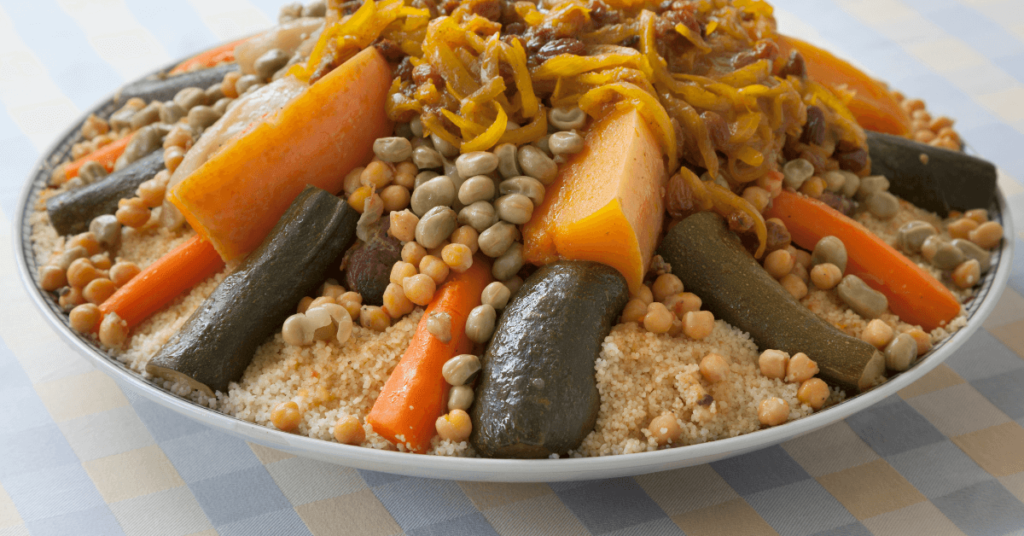
Street food: quick, bold, and unforgettable
Some of the best meals I’ve had in Morocco cost just a few dirhams and came wrapped in paper.
Here are a few things to look for as you walk through markets and city streets:
Msemmen: A square-shaped flatbread, often filled with onions and herbs. Try it hot off the griddle in the early morning.
Maakouda: Fried potato patties, sometimes tucked into bread with harissa. Simple, filling, and spicy.
Brochettes: Skewered meat grilled over charcoal. Usually served with cumin and salt on the side.
Snail soup: A Marrakechi favorite. Served hot in a broth flavored with anise and thyme. Might sound unusual, but it’s worth trying once.
Sfenj: Moroccan doughnuts. Slightly chewy, fried fresh, and dusted with sugar. Perfect with mint tea.
In Fes and Marrakech, night markets become open-air dining rooms. Just follow the crowds and the smell of grilled meat.
Sweets and pastries: more than just sugar
Moroccan sweets are delicate, fragrant, and often made with almonds, honey, and orange blossom water.
- Chebakia: Sesame cookies twisted and dipped in honey. Often eaten during Ramadan.
- Ghriba: Crumbly cookies, made from almonds, coconut, or semolina.
- Kaab el Ghzal: Crescent-shaped pastries filled with almond paste. Their name means “gazelle horns.”
You’ll find these in pastry shops and bakeries everywhere. In cities like Meknes or Tetouan, you can even spot small neighborhood bakeries that serve fresh trays in the morning. Don’t be shy to buy by weight it’s common and very affordable.
Mint tea: more than a drink
Known as “Moroccan whisky,” mint tea is offered everywhere. It’s green tea brewed with fresh mint leaves and sugar, poured from a height into small glasses. It’s not just about the taste it’s about the ritual.
You’ll be offered tea when you enter a shop, a home, or even a camp in the desert. It’s a symbol of hospitality and trust. And yes, it’s sweet. But it’s also refreshing, especially after a meal.
Some regions like the Rif, make it stronger and greener. Others prefer more mint and a touch of verbena. No matter the style, say yes when it’s offered it’s part of the experience.
Where to eat: riads, souks, and street corners
The beauty of Moroccan food is that it’s everywhere and often very good. But here are a few tips for finding the right place:
- Riads: Many guesthouses offer dinners if you book in advance. These meals feel home-cooked and often use family recipes.
- Souks and local cafés: Look for places full of locals. Menus might not be in English, but the food is honest and generous.
- Cooking classes: Offered in many cities, they let you learn by doing and then you get to eat.
- Coastal towns: In places like Essaouira or Agadir, grilled fish and seafood tagines take the spotlight.
And don’t skip breakfast: bread, olives, honey, cheese, eggs, and fresh orange juice. It’s one of the best ways to start the day.
Final thoughts
Moroccan food teaches you patience, presence, and connection. It’s not about rushing from one dish to another. It’s about sitting down, talking, tearing off bread with your hands, and sharing.
Every bite tells a story—of spices carried across centuries, of grandmothers passing down secrets, of hands shaping something with care.
And if you’re interested in how Moroccan traditions go beyond the kitchen, I recommend exploring the local culture and customs every traveler should know. It’s a way to move through the country with more understanding and respect.

